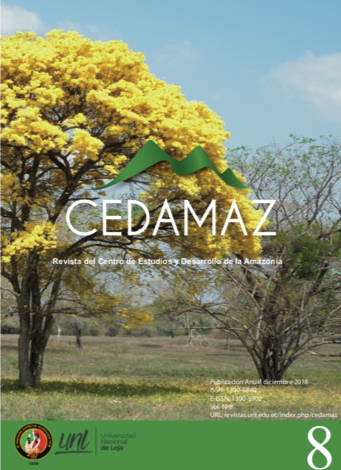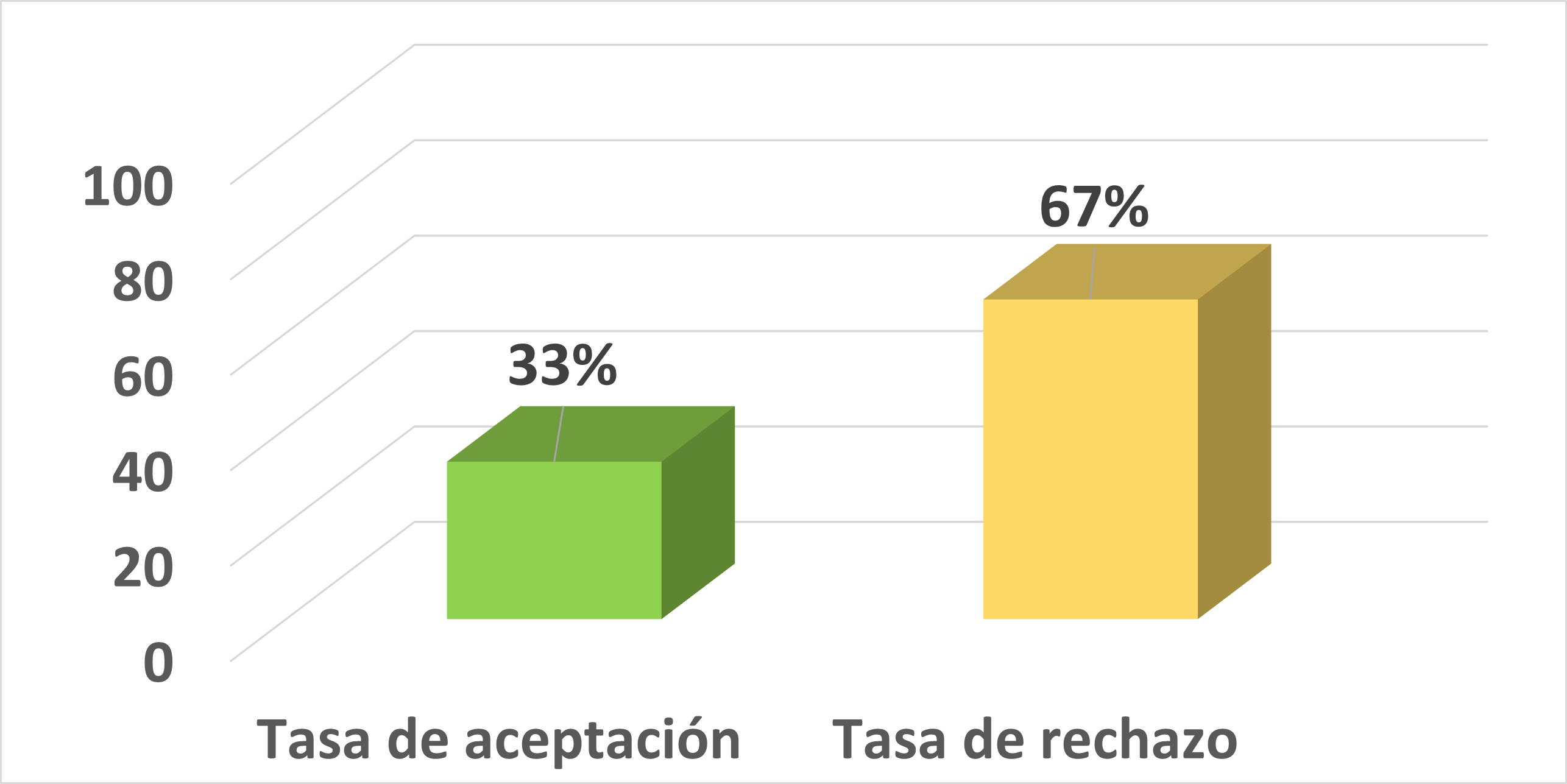Effect of maturation time and efficient microorganisms on the bocashi nutritional quality
Abstract
The study was carried out to evaluate the nutritional quality of bocashi made with residues from small farms in rural areas, based on the addition of native and commercial efficient microorganisms (EM), and the fermentation time. Considering that the study area is characterized by vegetable production, Lactuca sativaL. was used as an indicator crop. The variables evaluated at 30 and 50 days were: plant height, leaf width, number of leaves, and aerial and radicular plant biomass. Regarding the nutritional quality of this manure, the organic matter presented the highest value (30.6%) in the bocashi with native EM of 60 days of fermentation. Total nitrogen (TN) presented the highest value (1.1%) in the same treatment. A similar situation occurred with K20, which had the highest value (1144 ppm) in the previously mentioned treatment. The P205concentration was higher (797 ppm) in the bocashi with local EM of 45 days of fermentation. The lowest nutrient values were reported in the 30 day fermentation bocashi without EM. Greater aerial plant biomass (which is the harvest part) was observed in the bocashi with addition of native and commercial EM with an average of 65.8 g between the two treatments. Using crop residues to produce bocashi with the addition of local EM captured by hand-making methods leads to improve the compost nutritional quality.Downloads
Published
2018-12-31
How to Cite
Loarte, L. ., Apolo, V., & Alvarez, P. (2018). Effect of maturation time and efficient microorganisms on the bocashi nutritional quality. CEDAMAZ, 8(1), 30–36. Retrieved from https://revistas.unl.edu.ec/index.php/cedamaz/article/view/570
Issue
Section
Research Articles
License
Those authors who have publications with this journal, accept the following terms:
- After the scientific article is accepted for publication, the author agrees to transfer the rights of the first publication to the CEDAMAZ Journal, but the authors retain the copyright. The total or partial reproduction of the published texts is allowed as long as it is not for profit. When the total or partial reproduction of scientific articles accepted and published in the CEDAMAZ Journal is carried out, the complete source and the electronic address of the publication must be cited.
- Scientific articles accepted and published in the CEDAMAZ journal may be deposited by the authors in their entirety in any repository without commercial purposes.
- Authors should not distribute accepted scientific articles that have not yet been officially published by CEDAMAZ. Failure to comply with this rule will result in the rejection of the scientific article.
- The publication of your work will be simultaneously subject to the Attribution-NonCommercial-NoDerivatives 4.0 International (CC BY-NC-ND 4.0)









